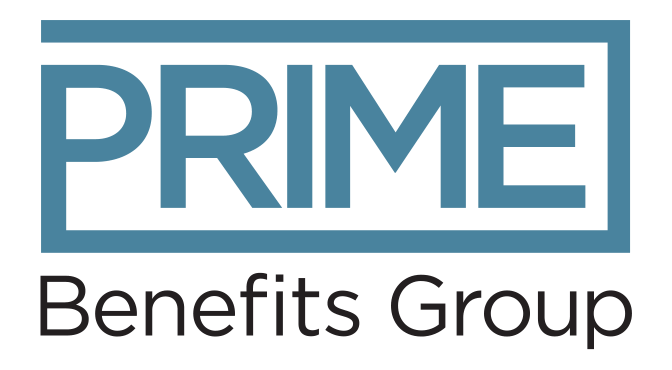- Have a question?
- 613-89-Prime (77463)
- 1-866-950-3667
- info@primebenefitsgroup.com
Transitioning Your Team Back to the Office


Employees engaging with a co-worker on the computer screen
In the face of the COVID-19 pandemic, many employers transitioned teams to work from home. Remote and hybrid work models won’t go away any time soon, but more employees are being asked to return to the office.
Back to the Office Backlash
Some big companies are facing backlash over recently announced plans to return to work. Thousands of Disney employees signed a petition asking the CEO to reconsider a policy that would see them return to the office four days a week, arguing it would dramatically “reduce productivity, output, and efficiency” and “slow, or even reverse, our post-COVID recovery and growth by creating critical resource shortages and causing irreplaceable institutional knowledge loss.”
Dozens of Starbucks employees signed an open letter protesting that company’s return-to-office mandate. Twitter also made headlines around the subject, with Elon Musk’s first email to employees indicating they would be required to return to the office. He eventually reversed course by closing the company’s Seattle and Singapore offices, telling all staff to work remotely.
Tricky Transition
Public health restrictions have lifted significantly; but after adjusting to remote work over the past three years, not everyone is ready to return to the office. Human resources professionals can expect to run into some challenges while trying to convince their teams to get back to commuting and clocking in from a physical workplace.
Why enforce a return-to-work mandate? For many leaders, the office is about culture, collaboration and conversations. Some organizations believe getting teams back in person will improve productivity and foster collaborations that can’t be recreated virtually. For some employees, the lack of social interaction has put a strain on their mental health and they may find it difficult to concentrate without the physical presence of an office.
For others, however, working remotely has been a positive experience, as they’ve been able to avoid commuting, work flexible hours, and take on projects in their free time. Survey data shows many employees don’t want to return to the office or would prefer a hybrid model. So, leaders can expect to meet mixed opinions and some resistance following any return-to-work announcements.
Steps for Success
Employees are at the heart of your business. The more employees feel they have a say when it comes to work structure, the easier your transition will be.
There are some things to consider when planning a transition to avoid clashing with employees over the future of work:
- Be Certain. Gather as much employee feedback as possible prior to the transition. Returning to the office after three years will be a significant adjustment for staff, who will appreciate being asked about their experiences and preferences during this process. Employees have grown accustomed to working remotely and some may feel it’s unnecessary to return to a physical workplace, particularly if long commutes are involved. Conduct surveys, communicate with your team, and demonstrate how their feedback is playing a role in your plans.
- Be Transparent. Explain what’s behind the decision to return to the office. Also be clear about what you will do to follow health and safety protocols, particularly around the risk of COVID-19. Offer employees enough notice. Working parents will want enough time to make different childcare arrangements, and others will appreciate the time to prepare for new routines.
- Be Flexible. Consider flexible arrangements and other incentives to entice more employees back. Small perks like free snacks and drinks, health and wellbeing options or discounts with amenities near the office could help ease their transition. Free or subsidized transportation options may help with costs around commutes. Some organizations are even considering the creation of smaller satellite offices so they can welcome employees back to work in several different areas as opposed to one main office. Everything from office design to technology and workplace policies can help create a more welcoming environment.
Every organization has unique scenarios and objectives when it comes to returning to the workplace. Different phases of the COVID-19 pandemic will unfold, but the role of employers and human resources is constant – to advocate for the health and safety of employees. Contact us so we can help you determine the best strategy for your organization.
Suggested Reading
The Harvard Gazette: Is ‘business as usual’ gone for good?
The Importance of the Employee Workplace Experience in 2022
Additional Resources
How Businesses and Employees Can Stay Safe While Operating During COVID-19